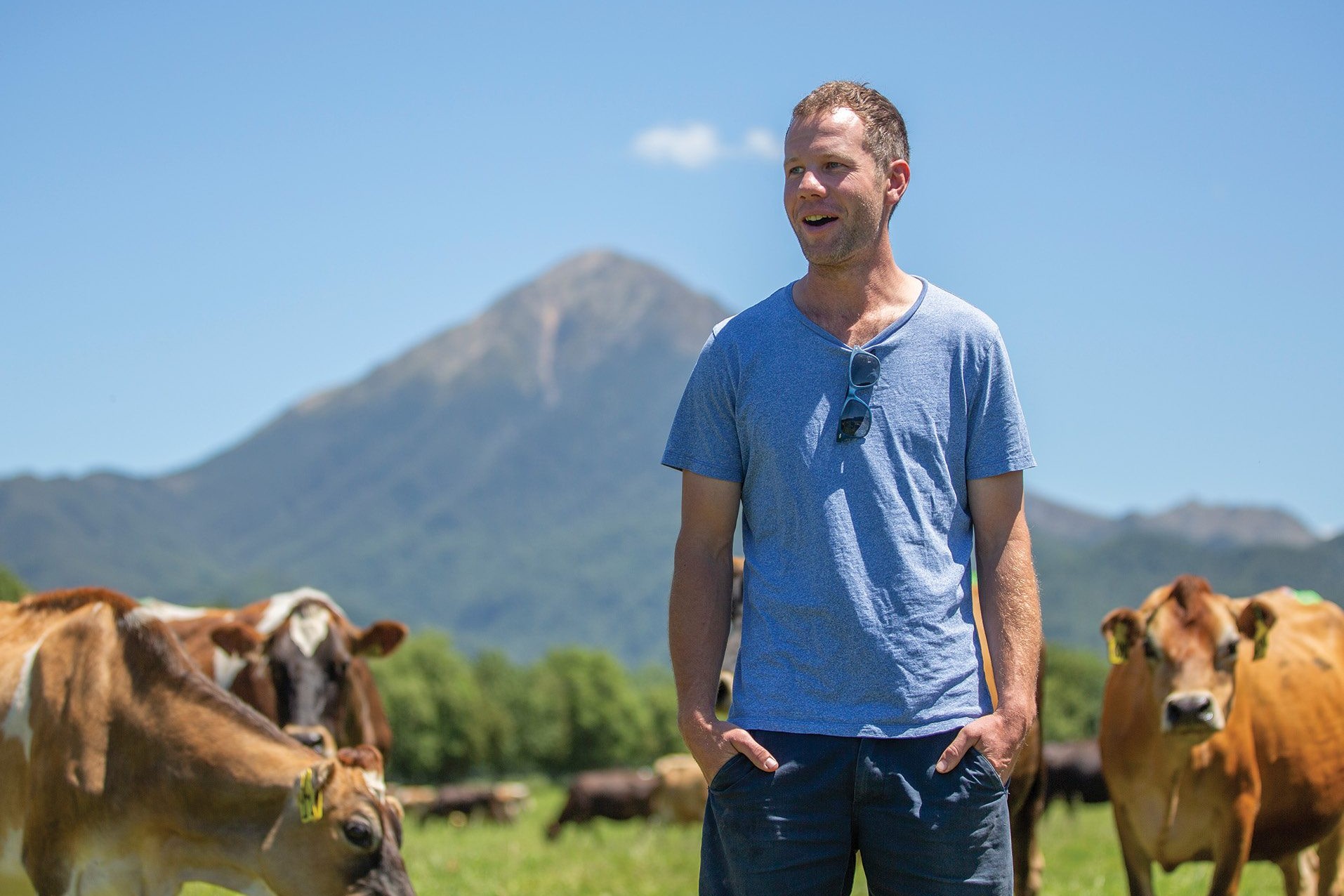By Anne Lee
What’s the effect on somatic cell count (SCC) of a 3in2 schedule?
Rather than after the longer interval milkings (after the 18-hour milking interval on a 12-18-18 for instance) the higher SCC is typically after the shorter interval (12-hour in this example).
It’s more of a volume story because the shorter interval means there’s less milk in the SCC reading measured in cells per millilitre (C/ml).
If you’re on daily pickup, to avoid this causing your SCC to jump around, try and arrange the tanker pick up so that it never just picks up when only the 12-hour milking interval is in the vat.
If milking is at 5am then 5pm on day one and 11am on day two try and arrange tanker pick up somewhere between 1pm and 3pm each day then it collects milk following 18 hours on day one and milk from the 18 hour and 12-hour milking on day two.
Or have pick up somewhere between 7pm and 3am so it has milk from both the 12-hour and 18-hour milking intervals on day one and milk from the 18-hour interval on day two.
It won’t be a problem if you’re on skip-a-day pickup.
Be aware that 3in2 milking can require larger vat capacity because in this example there would be 30 hours worth of milk in the vat instead of 24.
Are some cows more suited to 3in2 milking?
No research has been carried out on breed specifically. The DairyNZ farmlet and interval studies have included Friesian cross cows (F11 and F12). Jerseys are more adapted to OAD but there are also successful Friesian cross herds. Good udder support is important regardless of breed.
Does 3in2 complicate antibiotic treatment and withholding periods?
Technically the use of antibiotics is permitted only for the system described on the label – usually TAD but sometimes OAD, so the use in a 3in2 system is using the product “off label”. A vet must sign off on the use of the drugs.
What about milk cooling?
Milk volumes after longer milk intervals can be significantly larger than for a TAD milking and some farmers have had problems getting milk temperatures down to the required 6C within the regulation six hours from the start of milking or two hours from the end of milking.
Problems have also arisen in maintaining the temperature below 10C when blending a larger milking volume with an existing smaller volume in the vat.
Adjusting tanker pick-up times can solve the problem so that smaller volume milkings are added to the larger volume.
Seek farm-specific advice from refrigeration experts but in the short-term other farmers have found cooling the smaller volume to about 2C gives a lower starting point before the larger volume is blended.
- More answers to commonly asked questions such as managing mating can be found at DairyNZ.co.nz by searching Implementing flexible milking.





